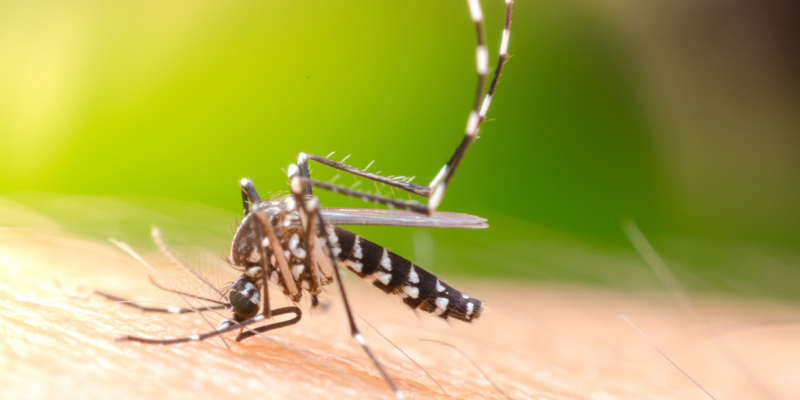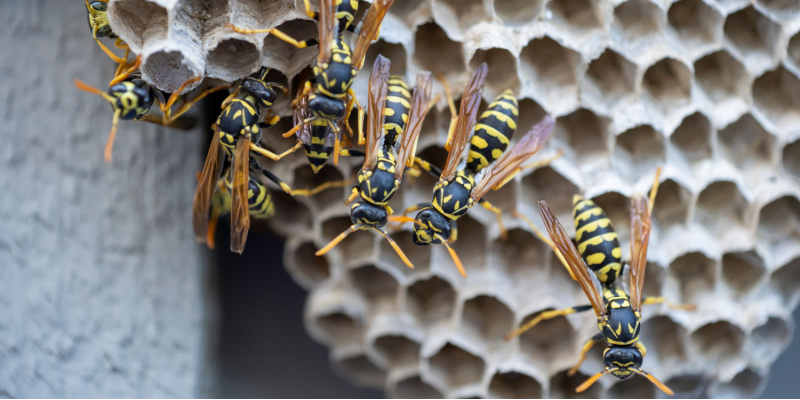In Appleton, WI, the warm and humid months can bring about a surge in mosquito activity, making outdoor activities less enjoyable and raising concerns over mosquito-borne illnesses. Effective mosquito management is crucial for maintaining comfort and health. Here’s an overview of mosquito elimination treatments suitable for Appleton residents, combining professional services with actionable advice for homeowners.
Understanding Mosquito Breeding Habits
Before delving into elimination treatments, it’s essential to understand that mosquitoes breed in standing water. Any stagnant water around your property—from bird baths and clogged gutters to unused flowerpots—can serve as a potential breeding site. Eliminating these water sources is the first step in any mosquito control strategy.
Professional Mosquito Control Services
For those seeking comprehensive solutions, professional pest control services offer targeted mosquito elimination treatments that include:
1. Larvicide Treatments
Professionals may apply larvicides to water bodies that cannot be easily drained, effectively killing mosquito larvae before they can develop into adults.
2. Barrier Spray Treatments
These treatments involve applying a residual insecticide to vegetation and other outdoor areas where adult mosquitoes rest during the day. Barrier sprays can significantly reduce mosquito populations and provide protection for several weeks.
3. Integrated Pest Management (IPM)
Pest control experts can implement an IPM approach, combining physical, biological, and chemical methods to manage mosquito populations sustainably.
DIY Mosquito Control Measures
In addition to professional treatments, there are several steps homeowners can take to reduce mosquito activity:
1. Remove Standing Water
Regularly inspect your property for standing water and eliminate it. Turn over empty flowerpots and buckets, and store items that can collect water indoors.
2. Use Mosquito Dunks
For water features or rain barrels, consider using mosquito dunks, which contain bacteria that are harmless to humans but lethal to mosquito larvae.
3. Install Screens
Ensure windows and doors are fitted with well-maintained screens to prevent mosquitoes from entering your home.
4. Natural Repellents
Planting mosquito-repellent plants, such as citronella, lavender, and marigold, can deter mosquitoes from lingering in your outdoor spaces.
5. Personal Protection
When spending time outdoors, use EPA-approved mosquito repellents on exposed skin and wear long sleeves and pants during peak mosquito activity times.
When to Seek Professional Help
While DIY measures can be effective for minor mosquito problems, larger infestations or continuous issues may require professional intervention. Pest control experts can assess the situation, identify breeding sites that may have been overlooked, and apply treatments that offer longer-lasting protection.
Combating mosquitoes in Appleton, WI, requires a multifaceted approach that addresses both the larvae and adult stages of mosquitoes. Whether through professional pest control services or diligent home maintenance, residents can take proactive steps to reduce mosquito populations and enjoy their outdoor spaces more comfortably. Remember, the key to successful mosquito management is prevention, timely action, and, when necessary, seeking professional assistance.




